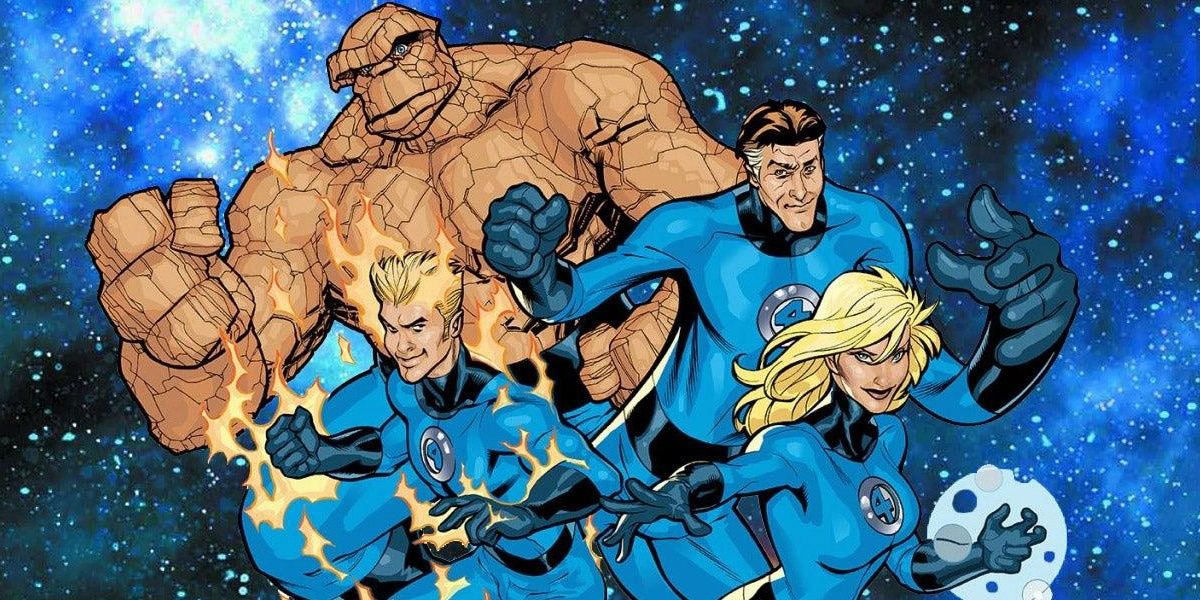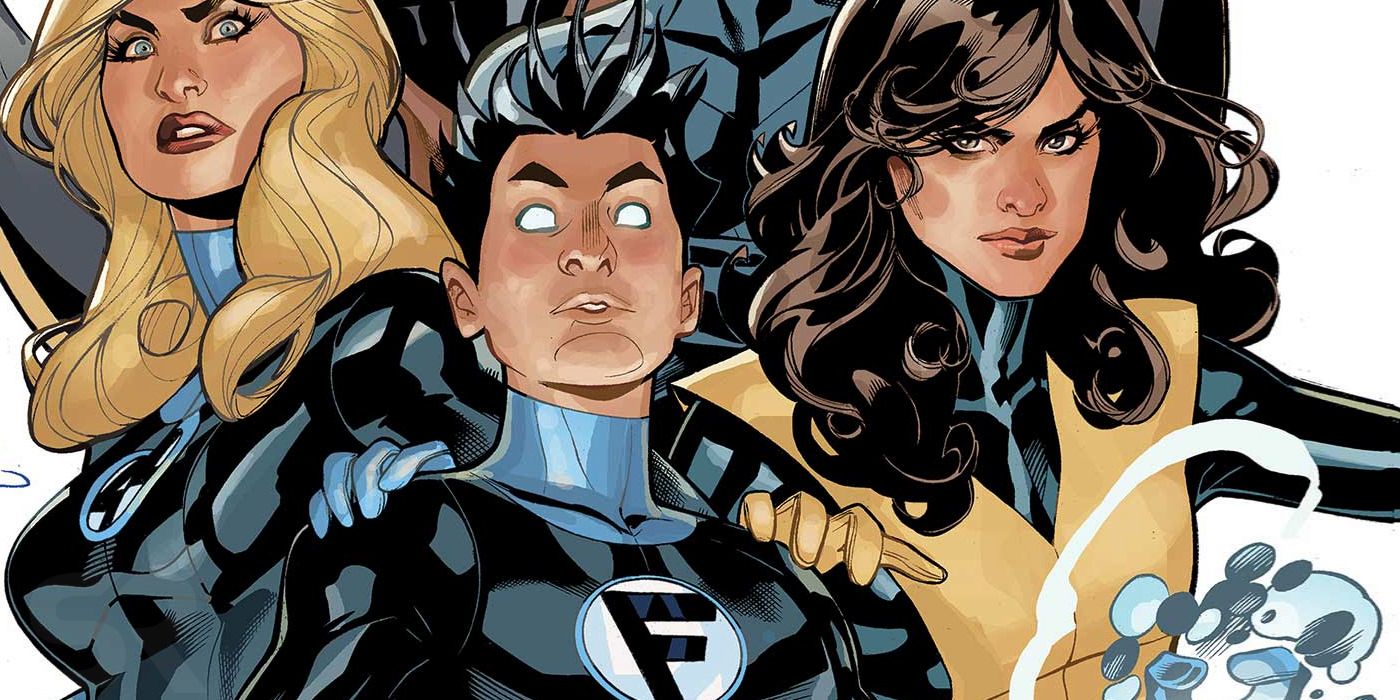This article contains spoilers for X-Men/Fantastic Four #1.
Marvel Comics has finally revealed the secret of the Fantastic Four's powers. Marvel's First Family, the Fantastic Four are some of the world's most powerful and celebrated heroes. They've successfully held the line against some of the world's most powerful threats like in last year's War of the Realms event - as the Avengers were driven out of New York by the armies of Malekith, the Fantastic Four stood their ground.
Over the last year, Marvel has subtly rewritten the Fantastic Four's origin story. Dan Slott's current Fantastic Four run has revealed scientist Reed Richards was caught up in a space race to test an experimental faster-than-light drive, in order to reach a distant world. The ruler of this planet, the Overseer, had seen them coming and feared the changes they could bring to the "perfect" society he had fashioned. Thus he used his advanced technology to enhance a cosmic storm, wrecking Reed's ship. He unwittingly created the Fantastic Four, because that cosmic ray bombardment left the ship's passengers forever changed.
But just how do the Fantastic Four's powers really work? This week's X-Men/Fantastic Four #1 sees Reed Richards attempting to work out why his son Franklin's powers are depleting. He fears the key may lie in just how the Fantastic Four's powers work - and the issue includes Reed's research notes on that subject.
"Ever since the accident that gave us our extra abilities, I've been trying to reconcile the high energy expenditure of each of our power sets with our seemingly unchanged individual energy intake. The most basic laws of physics make this seem impossible. At first I suspected we were absorbing energy from the air, possibly low-level radiation, but the numbers never added up.
Then I came across the research of Dr. Rachna Koul, who specialized in imperiumology, the science of super-powers. She posited that superhumans are each connected to one or more intradimensional sources of energy, which she dubbed "Godpower." A solid theory, though I'm still unable to find that conduit in my studies of the Fantastic Four's power sets.
Franklin's diminishing powers would appear to lend credence to the Godpower theory, as he seems to be running out of the energy needed to use his powers. If we were to believe there is a Godpower source, then it's possible that Franklin's connection to that source is broken.
Whether or not it can be repaired depends on first proving its existence.
Somehow."
Oddly enough, Reed Richards' observations mirror a debate that's been raging among fans for decades. Dr. Rachna Koul is quite a recent addition to the Marvel Universe - she was introduced in 2018's Marvel Two-In-One series - but her theories echo ideas posited in the Official Handbooks to the Marvel Universe. The handbooks have frequently gone further than the comics in attempting to explain away super-powers, and the "other-dimension" theory is a common idea. It's not exactly been consistent, though; with regard to the X-Men's Cyclops, the 1983 Handbook suggested his optic blasts channel power from another dimension, but this was corrected by the 1986 Handbook, only to come back in the 2004 edition. It's amusing to find it finally appearing in the comics.
The Godpower theory is startling, however, because it suggests all superhumans should be considered equal. The only difference between mutants and the Fantastic Four, for example, would be that mutants have evolved a connection with Godpower, whereas the Fantastic Four's powers were triggered by cosmic bombardment. No doubt this would shake the mutant community to the core, given Charles Xavier seems to have become something of a mutant supremacist.
X-Men/Fantastic Four #1 is on sale now from Marvel Comics.


